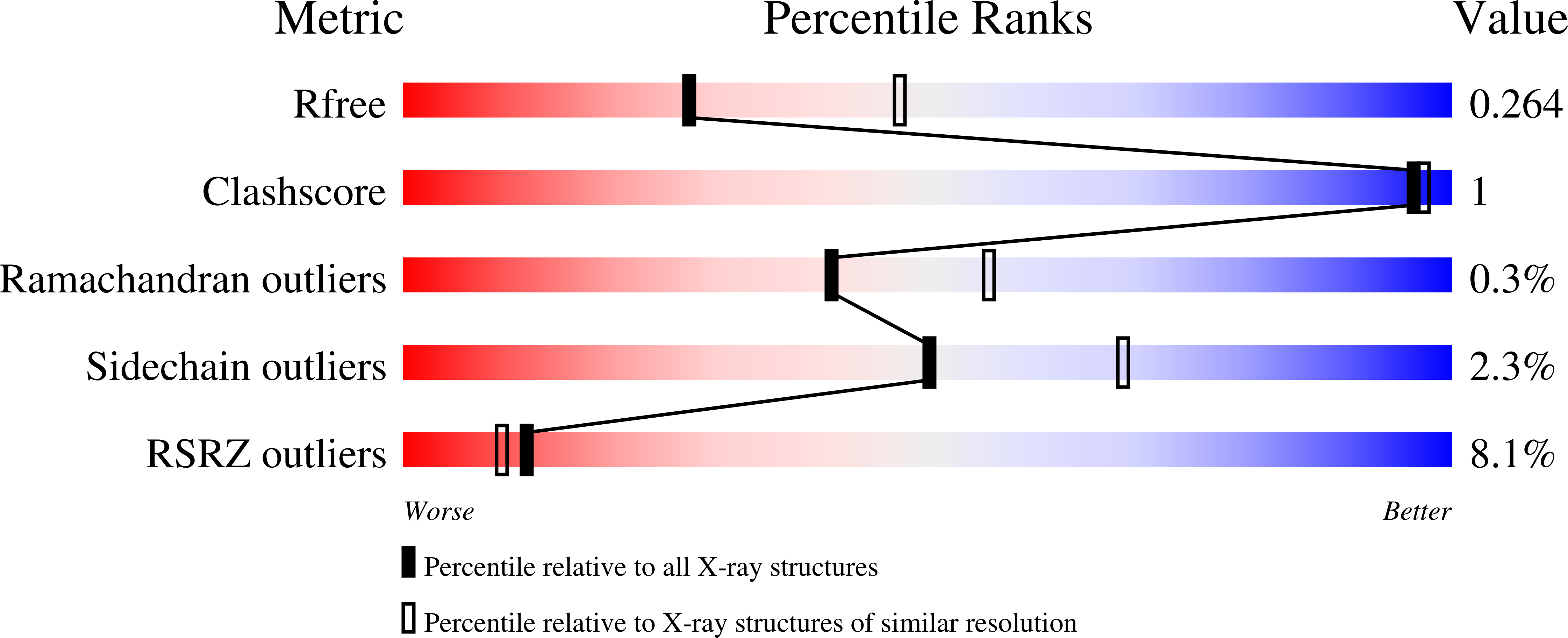
Deposition Date
2022-04-02
Release Date
2023-02-22
Last Version Date
2024-02-07
Entry Detail
PDB ID:
7ZG8
Keywords:
Title:
Crystal structure of A. baumannii penicillin-binding protein 2
Biological Source:
Source Organism:
Acinetobacter baumannii (Taxon ID: 470)
Host Organism:
Method Details:
Experimental Method:
Resolution:
2.65 Å
R-Value Free:
0.25
R-Value Work:
0.21
Space Group:
I 2 2 2


